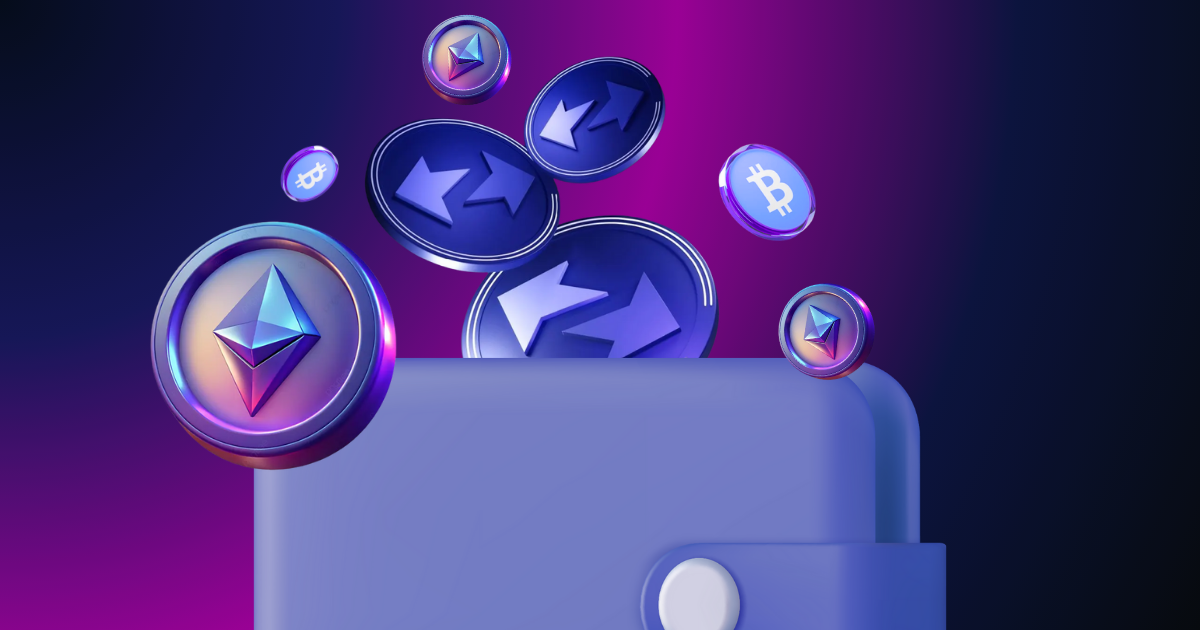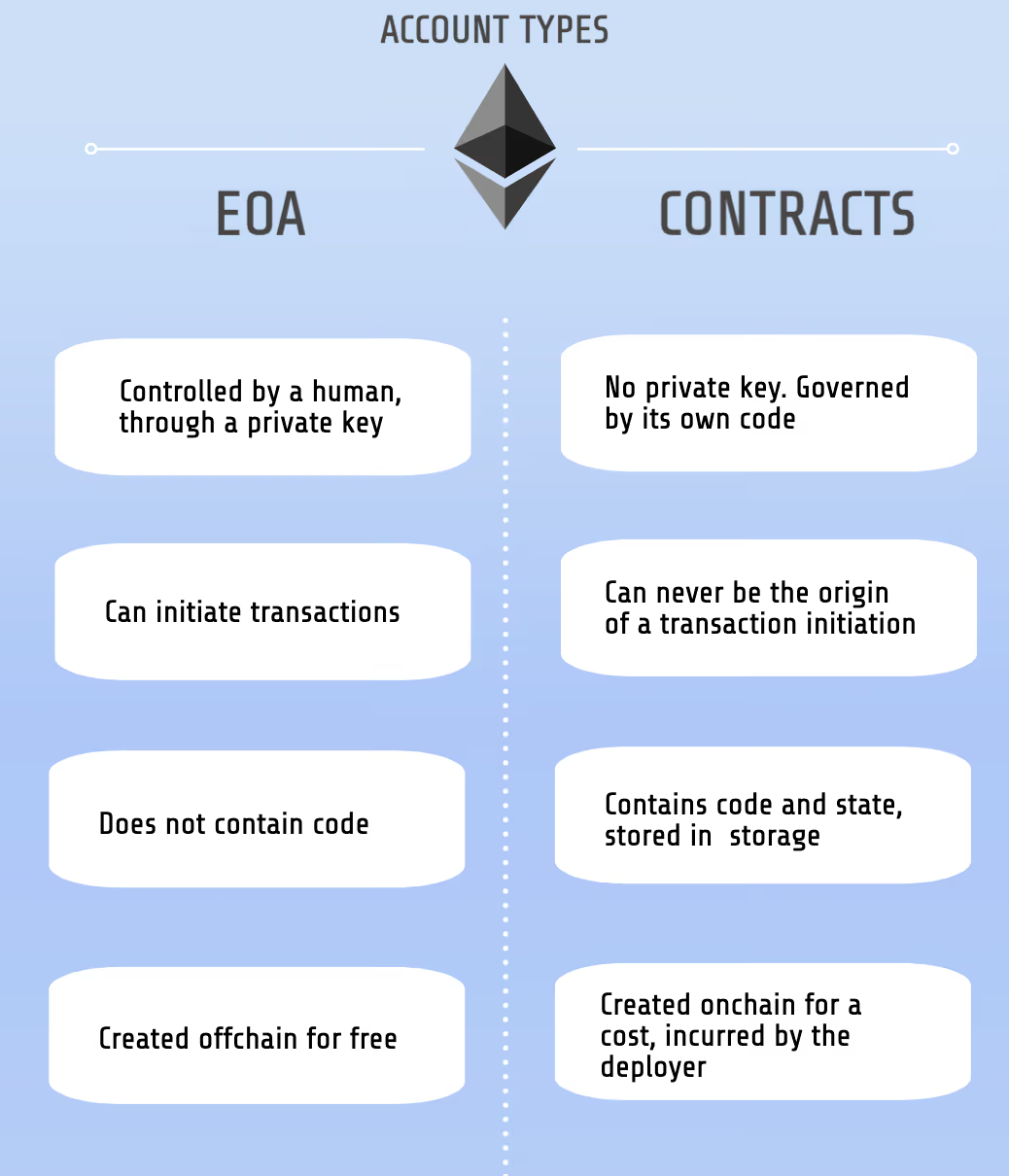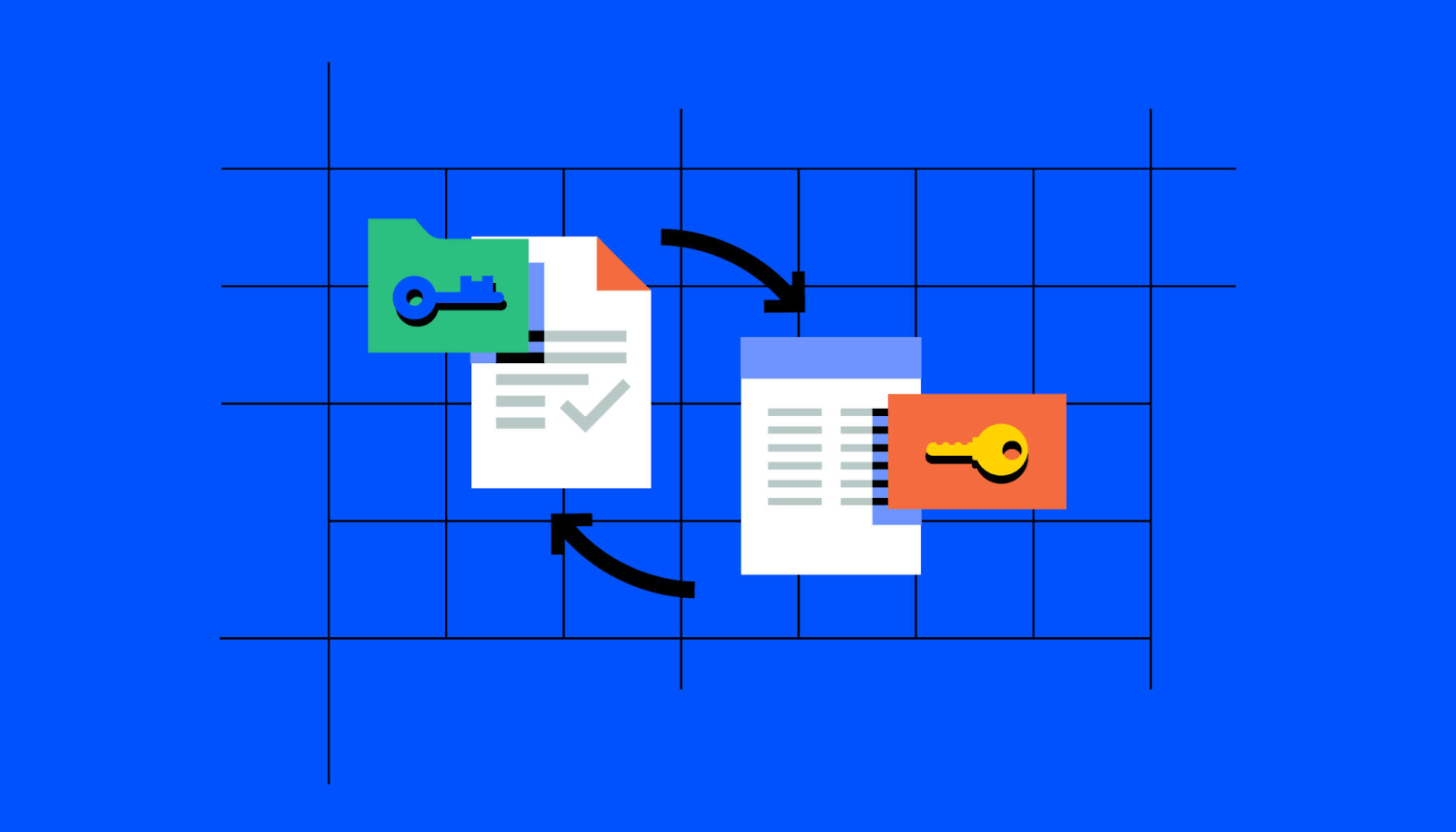
Account Abstraction is a key innovation in Ethereum and Layer-2 networks like zkSync. At its core, it reimagines how blockchain accounts work, making them more flexible, secure, and user-friendly.
Traditionally, Ethereum accounts are divided into two types:

Account Abstraction effectively blurs the lines between these two account types. It allows a user’s account to act like a smart contract, meaning it can define its own rules for how transactions are validated, rather than being limited by the blockchain’s native protocol.
Smart Accounts
A smart account is a programmable account with custom transaction validation logic. For example, a smart account could require multiple signatures, implement daily spending limits, or allow social recovery if the private key is lost. This makes accounts more secure and reduces the risk of losing funds.
Paymasters
One of the most user-friendly features enabled by account abstraction is the paymaster system. Paymasters are third-party entities that can cover transaction fees on behalf of users. This means gasless transactions are possible, a major usability improvement for new blockchain users who may not hold ETH.
Programmable Logic
With account abstraction, users and developers can program their accounts to behave in specific ways. For instance, a smart account could automatically batch transactions, restrict access to certain tokens, or implement time-locked transfers.
For beginners and everyday users, Ethereum’s gas fees and private key management can feel intimidating, creating barriers to entry for interacting with decentralized applications. Account abstraction simplifies the user experience, allowing users to execute transactions without holding ETH for gas fees and enabling familiar recovery mechanisms such as social recovery. It also improves security, providing multi-signature and recovery options that protect funds from theft or accidental loss. Beyond usability and security, account abstraction allows developers to implement sophisticated account logic for DeFi, NFTs, and Layer-2 applications. This eliminates the need to deploy separate smart contracts for every user.

Account Abstraction is transforming blockchain usability. By allowing accounts to act like programmable smart contracts, it addresses usability, security, and scalability challenges. For beginners, this means simpler transactions, safer accounts, and fewer barriers to exploring DeFi and Layer-2 ecosystems like zkSync Era.